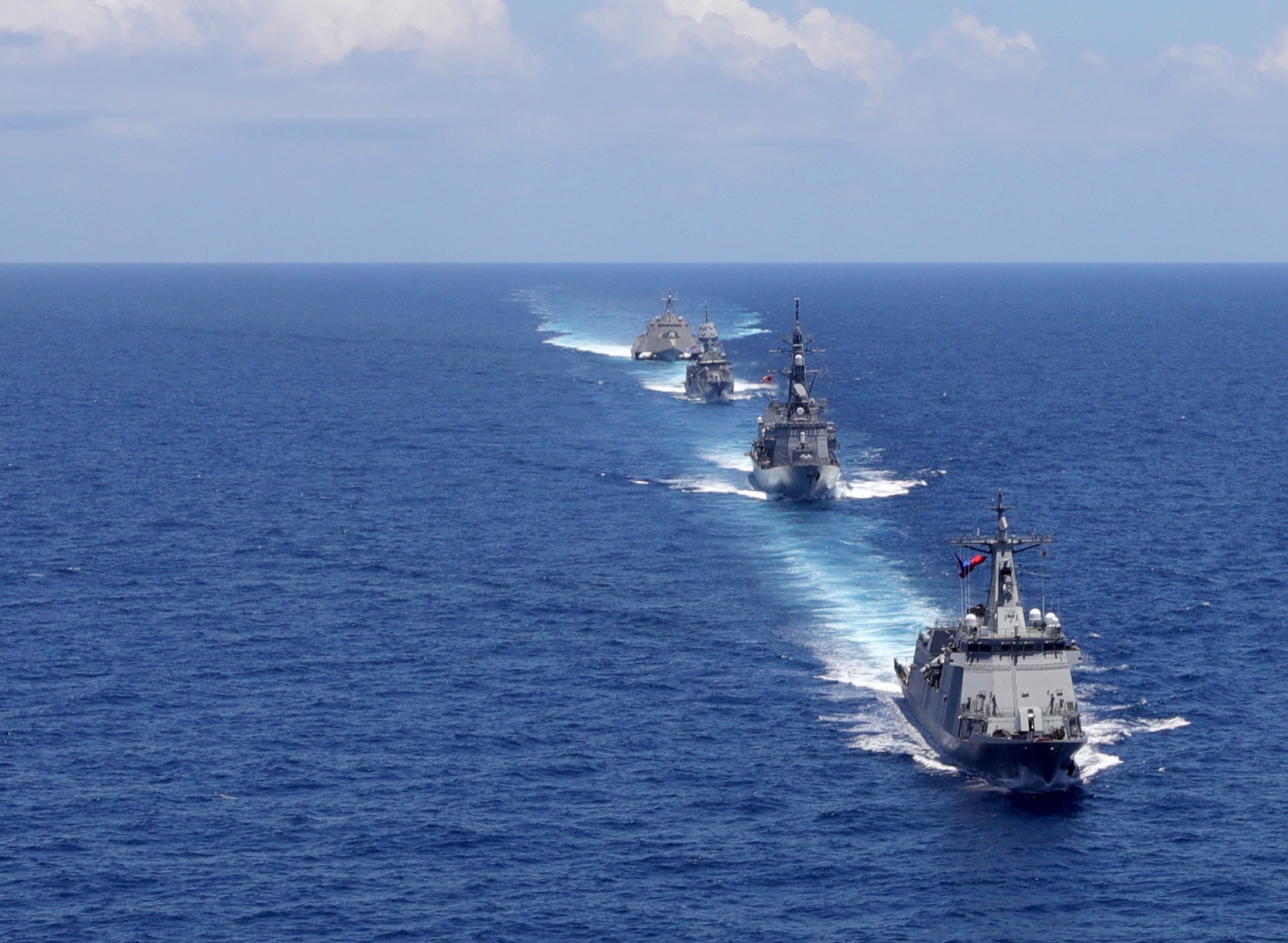The following is the May 13, 2020 Congressional Research Service report, COVID-19 and China: A Chronology of Events (December 2019-January 2020).
From the report
In Congress, multiple bills and resolutions have been introduced related to China’s handling of a novel coronavirus outbreak in Wuhan, China, that expanded to become the coronavirus disease 2019 (COVID-19) global pandemic. This report provides a timeline of key developments in the early weeks of the pandemic, based on available public reporting. It also considers issues raised by the timeline, including the timeliness of China’s information sharing with the World Health Organization (WHO), gaps in early information China shared with the world, and episodes in which Chinese authorities sought to discipline those who publicly shared information about aspects of the epidemic. Prior to January 20, 2020—the day Chinese authorities acknowledged person-to-person transmission of the novel coronavirus—the public record provides little indication that China’s top leaders saw containment of the epidemic as a high priority. Thereafter, however, Chinese authorities appear to have taken aggressive measures to contain the virus.
The Appendix includes a concise version of the timeline. A condensed version is below:
Late December: Hospitals in Wuhan, China, identify cases of pneumonia of unknown origin.
December 30: The Wuhan Municipal Health Commission issues “urgent notices” to city hospitals about cases of atypical pneumonia linked to the city’s Huanan Seafood Wholesale Market. The notices leak online. | Wuhan medical workers, including ophthalmologist Li Wenliang, trade messages about the cases in online chat groups.
December 31: A machine translation of a Chinese media report about the outbreak is posted to ProMED, a U.S.-based open-access platform for early intelligence about infectious disease outbreaks. WHO headquarters in Geneva sees the ProMED post and instructs the WHO China Country Office to request verification of the outbreak from China’s government. | The Wuhan Municipal Health Commission issues its first public statement on the outbreak, saying it has identified 27 cases.
January 1: Wuhan authorities shut down the city’s Huanan Seafood Wholesale Market.
January 3: Dr. Li Wenliang is reprimanded by local Wuhan police for spreading allegedly false statements about the outbreak online. | Chinese Center for Disease Control and Prevention (China CDC) Director-General Gao Fu tells U.S. Centers for Disease Control and Prevention (U.S. CDC) Director Robert Redfield about a pneumonia outbreak in Wuhan.
January 4: In its first public statement on the outbreak, WHO tweets, “China has reported to WHO a cluster of pneumonia cases—with no deaths—in Wuhan, Hubei Province.”
January 6: Department of Health and Human Services (HHS) Secretary Alex M. Azar II and U.S. CDC Director Redfield offer to send U.S. CDC experts to China. | U.S. CDC issues a “Watch Level 1 Alert” for Wuhan and advises travelers to Wuhan to avoid animals, animal markets, and animal products.
January 11: A team led by Prof. Yong-zhen Zhang of Fudan University in Shanghai posts the genetic sequence of the virus on an open-access platform, sharing it with the world. | China CDC and two other Chinese teams subsequently also post genetic sequences of the virus on an open-access platform. | China shares the virus’ genomic sequence with WHO.
January 12: Dr. Li Wenliang is hospitalized with symptoms of the novel coronavirus.
January 20: China confirms person-to-person transmission of the novel coronavirus and infections among medical workers.
January 21: U.S. CDC announces the first novel coronavirus case in the United States, in a patient who returned from Wuhan on January 15, 2020.
January 23: Wuhan suspends public transportation and bars residents from leaving the city. R46354 May 12, 2020 Susan V. Lawrence Specialist in Asian Affairs
January 28: Chinese leader Xi Jinping and WHO Director-General Tedros Adhanom Ghebreyesus meet in Beijing.
January 30: WHO Director-General Tedros declares the epidemic a Public Health Emergency of International Concern. | President Trump announces the formation of the President’s Coronavirus Task Force.
January 31: President Trump suspends entry into the United States of most foreigners who were physically present in mainland China during the preceding 14-day period, effective February 2. | HHS Secretary Azar declares a public health emergency for the United States to aid response to the novel coronavirus.
Download the document here.





